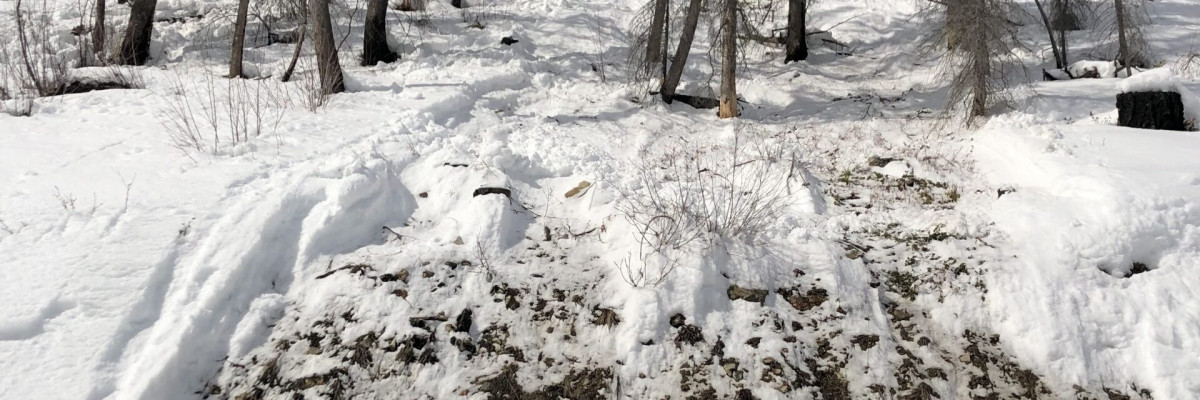This is Logan King with an early season update for the West Central Montana Avalanche center. The calendar just officially switched over to fall but a significant winter storm is already on the horizon. Early season snow may be getting some folks excited. Skis and sleds may be coming out of the garage, but it’s important to remember that if there is enough snow to ride, then there is enough snow to slide! Avalanche preparedness starts now and even though it is early in the season, you need to stay aware of the potential for avalanches. Early season snowfall creates the greatest hazard at upper elevations and tends to be concentrated to wind loaded terrain where more snow will be found. Keep in mind that there are increased consequences of even small slides this time of year due to exposed rocks, cliffs, and stumps that raise the potential for trauma. Keep an eye on the weather as this early season snow may lead to avalanche problems that can persist for the entire season. Now is the time to start the process of watching the weather and observing how the terrain begins to fill in. If you are interested in learning more, avalanche education opportunities will be posted next week and opening for enrollment. We look forward to another great season and hope to see you at the Pray for Snow on October 4th from 5-10pm at Caras Park.
Remember, avalanches don’t care if you are skiing, climbing, sledding, hunting or just taking your dog for a walk…if there is snow on the ground consider the potential and consequences of an avalanche before you enter steep terrain.
























